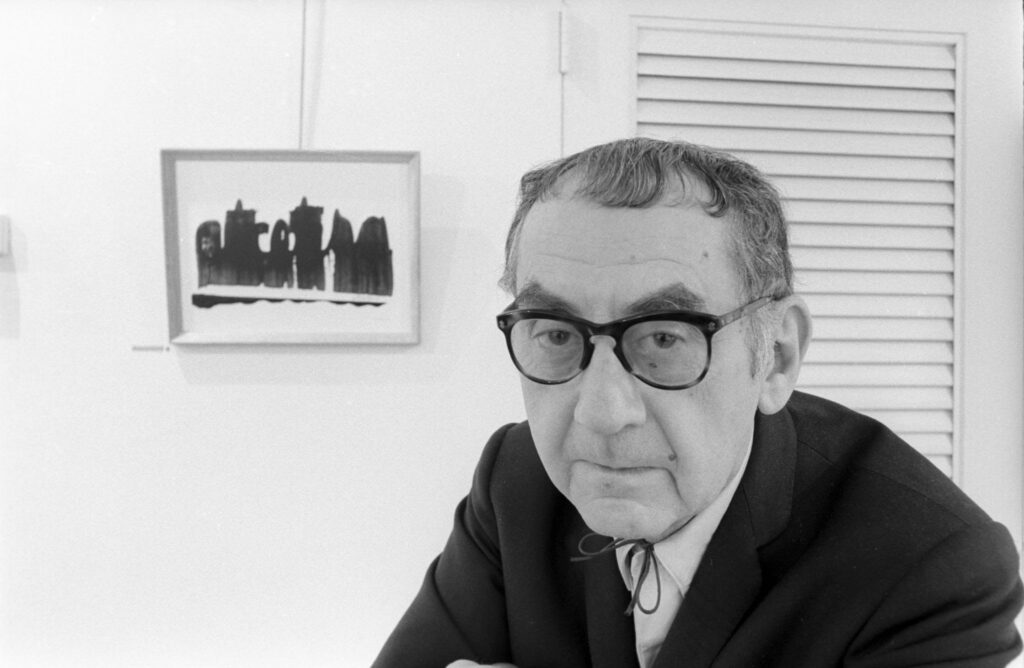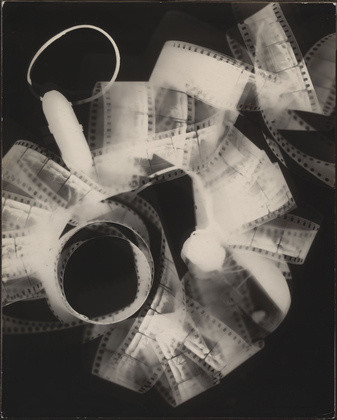In the realm of art, Man Ray stands as an iconic figure whose artistry and experimentation continue to attract audiences worldwide. Among his many creations, the Rayograph emerges as a pinnacle of his innovative genius. This masterpiece showcased a convergence of surrealism, photography, and conceptual art. This article delves into the world of Man Ray, explores his illustrious career, and unravels the captivating allure of his masterpiece, the Rayograph.
Who was Man Ray?

Man Ray was born in Philadelphia in 1890, who went on to become one of the leading artists and pivotal figures in the avant-garde Dada and Surrealist movements of the early twentieth century. He started with painting and was first acknowledged in photography, sculpture and movie creation. Man Ray often worked without boundaries, using diverse media and accident as well as experimentation in his artworks. He moved the art world away from conventional concepts, thus becoming a pioneer of modern art.
FUN FACT: Did you know that Man Ray was a bit of a prankster in his young age? Before he became the avant-garde artist we know and love, Man Ray dabbled in caricature drawings and even created a fake newspaper called “The Ridgefield Gazook” with his friends.
His Career
Man Ray’s artistic creativity started early in his life and he experimented with many artistic styles during his long career. In the 1910s, he relocated to New York City, which became the center of his association with the avant-garde circles of Greenwich Village. This was the period of his career when he took the first steps in experimenting with photography, using solarization and multiple exposures techniques to get surrealist and abstract pictures.
In the 1920s, Man Ray moved to Paris, where he fully immersed himself into the Dada and Surrealist movements. He worked with other artists like Marcel Duchamp and André Breton to expand the limits of artistic norms through his unique photography and assemblage.
Man Ray’s work was relentlessly in progress, which echoes his search for ever new ideas and approaches. He was an influential person in the artistic world until his death in 1976, and he left a legacy of creativity and innovation that artists still admire, even up to this day.
What is Happening in Rayograph?

| Artist | Man Ray |
| Date Created | Early 1920s |
| Medium | Photography |
| Genre | Surrealism |
| Period | Modernist |
| Dimensions | Variable |
| Series / Versions | N/A |
| Where is it housed? | Various museums worldwide |
Imagine this: it’s 1920s, and amidst the hustle and bustle of Parisian cafes and artistic fervor, Man Ray is working on something truly extraordinary. Enter the Rayograph, stage left. This masterpiece isn’t your ordinary photograph, it’s a wild ride into the realm of avant-garde experimentation!
So, what’s the scoop on the Rayograph? Well, imagine this: Man Ray decides to ditch the traditional camera and goes rogue with his approach. No viewfinders, no clickety-click sounds, just pure artistic ingenuity. Instead of snapping away, he places objects directly onto light-sensitive paper. Sounds crazy, right? But wait, it gets even better!
With a flourish of creativity, Man Ray exposes his concoction to light, like a mad scientist conducting a grand experiment. The result? Ethereal images emerge, shrouded in mystery and dripping with intrigue. It’s like witnessing magic unfold before your very eyes!
Analysis
First, let’s talk about shapes and shadows. The Rayograph is a true piece of geometric wonders, a playground where squares dance with circles and triangles mingle with rectangles. It’s a surrealist game of Tetris, with each piece fitting into its own cosmic puzzle.
But wait, there’s more! Peel back the layers, and you’ll discover a treasure trove of symbolism lurking beneath the surface. Ordinary objects transform into cryptic symbols, whispering secrets to those with a keen eye. Is that a teacup? A bicycle wheel? Who knows! The beauty of the Rayograph lies in its ability to keep us guessing.
And let’s not forget about light and shadow, the dynamic duo of the art world. In the Rayograph, they waltz across the paper with reckless abandon, casting mysterious patterns that beg to be deciphered. It’s like a game of shadow puppets gone wild, with each flicker and flutter adding to the intrigue.
Interesting Facts about Rayograph
Man Ray coined the term “Rayograph” as a homage to himself, highlighting his pivotal role in its inception.
The process of creating Rayographs was highly experimental, often resulting in unpredictable outcomes that added to their mystique.
Despite its seemingly simplistic technique, the Rayograph embodies a profound philosophical depth, inviting viewers to contemplate the nature of reality and perception.
Artwork Spotlight: Imagination Subversion: Dos de femme violon

In “Imagination Subversion: Dos de femme violon,” Man Ray playfully subverts conventional notions of femininity and musicality, transforming the human form into a symphony of curves and lines. Through his surrealist lens, the boundaries between reality and fantasy blur, inviting viewers to embrace the absurd with a playful wink and a nod.
Frequently Asked Questions
What was Man Ray best known for?
He was a well-known fashion and portrait photographer, but he was most recognized for his innovative photography. His work with photograms, which he referred to as “rayographs” in reference to himself, is very well known.
What technique did Man Ray use?
Ray’s two primary techniques were the use of solarization and his preferred rayographs. By immediately placing an object on photosensitive paper and subjecting it to light, he was able to obtain photograms, which are images of objects with varying intensities of tone transferred onto them.
Conclusion
In the mystical depths of the Rayograph, time and space dissolve into a kaleidoscope of imagination. Man Ray’s vision inviting us to join him on a rollercoaster ride through the realms of creativity and wonder. With each flicker of light and shadow, the mundane transforms into the extraordinary, and the ordinary takes on a newfound splendor.













